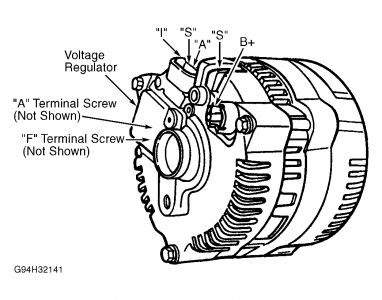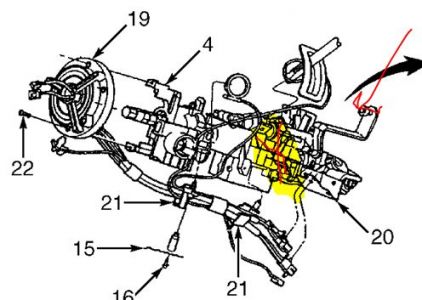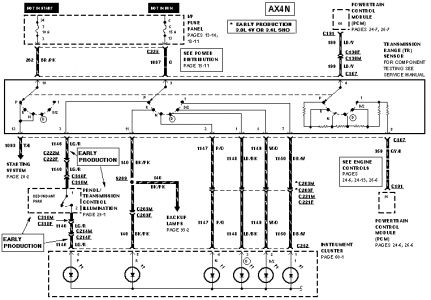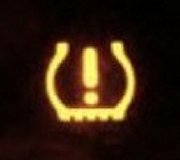Use a volt meter check battery volts
checking charging system ,when in park and when in drive or reverse
check belt and alternator function
GENERAL INSPECTION
Ensure battery posts and cables are clean and tight. Check drive belt tension. Ensure connections at generator, regulator and engine ground are clean and tight. Check fuses and fusible links, replace as necessary.
Check condition of battery to see if battery has the ability to accept and hold a charge. If battery capacity meets requirements, charge battery before proceeding with testing to ensure battery is fully charged.
NO-LOAD TEST
Connect voltmeter positive lead to B+ terminal on generator and negative lead to ground. Start and run engine at 1500 RPM with no electrical load (foot off brake and doors closed). Read voltmeter when voltage stabilizes. This may require waiting a few minutes. Voltage should be 13-15 volts.
If voltage increases to proper level, proceed to load test. If voltage increases beyond proper level, or no voltage increase, let me know
load test
Ensure drive belt is in good condition and properly tightened. Connect charging system load tester in accordance with manufacturer's instructions. Start and run engine at 2000 rpm and apply load until generator output amperage levels off.
Record maximum generator amperage output. If generator output is within twenty percent of rated output amperage and voltage remains at 12.5-14.5 volts, generator output is okay. If generator does not produce rated output, proceed with appropriate testing.

SPONSORED LINKS
Saturday, December 31st, 2016 AT 4:00 PM






